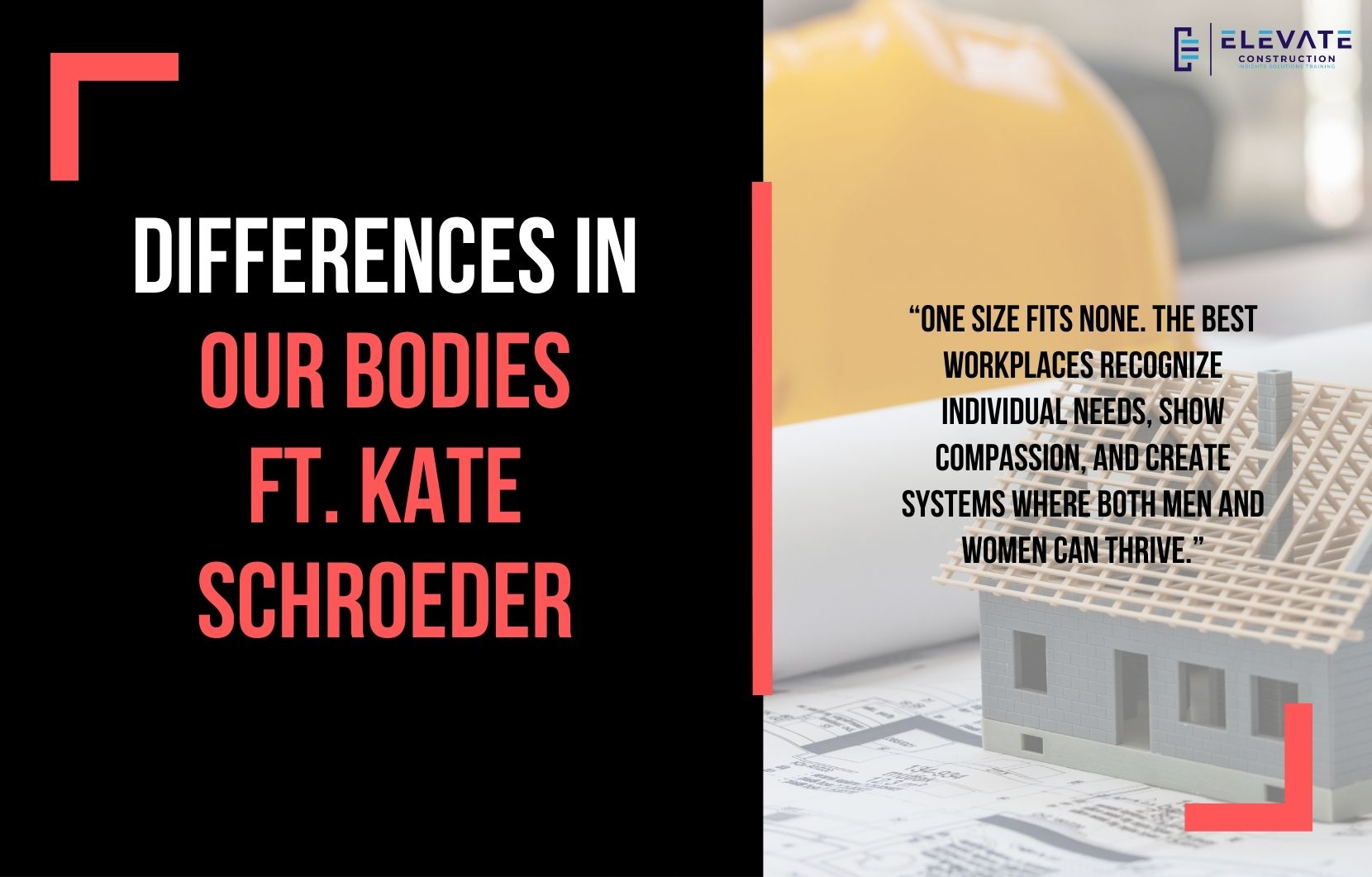Merging Men and Women in the Workplace with Compassion
Recently, while in Guadalajara with our team, I had a conversation with Katie that opened my eyes to something I had not thought deeply enough about, the differences between men and women in the workplace. What started as a lighthearted discussion quickly turned into a deeper realization about compassion, individuality, and how we support people on our teams.
Our company runs at a 50-50 ratio of men and women, something I am proud of, but I admit I have often found it difficult to fully understand all the nuances that come with merging men and women in the workplace. Katie had been reading the book Eve, which explores the evolutionary differences between male and female bodies. She shared insights that challenged me to think differently.
One point struck me immediately. Most scientific studies that inform everything from sleep recommendations to medication dosages were conducted on men. As a result, workplace norms are often built around male baselines. For example, men typically need around eight hours of sleep. Women often require more, sometimes up to ten or even eleven hours during certain phases of their cycle. Add to this the time spent on hair, makeup, and childcare responsibilities, and the picture becomes clear. The rhythms of men and women’s lives differ in meaningful ways.
This realization made me ask a bigger question. If our bodies are different, should our work environments reflect that? Not in a way that singles anyone out or invades privacy, but in a way that simply acknowledges reality. Imagine flexible start times, built in opportunities for breaks or naps, or the ability for parents, fathers and mothers alike, to pick up their kids without stress.
Katie made a valuable point in response. She reminded me that what I was really describing was not just a gender issue but a human issue. Men and women alike need flexibility, rest, and compassion. Fathers also benefit from more flexible schedules. Workers of all types have different body rhythms and capacities. Compassion for one person benefits everyone.
That shifted my perspective. At first, I was focused on the biological differences between men and women, but Katie helped me see that those differences should only be a starting point. The bigger truth is that one size fits none. Men are not the same as other men. Women are not the same as other women. Every individual has unique needs, rhythms, and circumstances.
As leaders, our responsibility is not to force everyone into the same mold but to create systems that care for people as individuals. This means asking, “What do you need to thrive?” and being willing to adapt schedules, break times, or work hours to help them succeed.
It is a matter of compassion, and compassion has practical benefits. When you take care of people, they bring greater focus and energy to their work. Something as simple as providing good bathrooms or shaded areas on a jobsite sends a powerful message: you matter. That message translates into commitment, effort, and ultimately, results.
This is especially important in an industry like construction, where traditional culture often values toughness over wellbeing. Katie pointed out that men are suffering most under this system. Construction has alarmingly high suicide rates, overwhelmingly among men. The cultural narrative of “no pain, no gain” and “suck it up” has led many men to push themselves past healthy limits. The burden of being the provider and caregiver, without permission to ask for help or show vulnerability, is burning men out.
It is ironic that it took women joining the conversation for us to finally start taking better care of ourselves. But here we are, and we have the chance to change. If we recognize that no two bodies are the same and build workplaces with compassion and flexibility at the center, we can support both men and women. We can improve retention, reduce burnout, and create environments where people want to stay and grow.
For me, this was a humbling realization. I had gone through much of my career without thinking deeply about what women face in the workplace. For example, how does a woman manage her period in a porta potty on a construction site? I had never considered it. That lack of awareness means I still have a lot to learn, and I am committed to doing better.
The takeaway is simple but profound. Let us not assume that everyone’s experience mirrors our own. Let us not design workplaces based on one size fits all standards. Instead, let us care enough to listen, adapt, and meet people where they are. Because when we do, we do not just improve lives, we elevate the entire industry.
Key Takeaway
One size fits none. The best workplaces recognize individual needs, show compassion, and create systems where both men and women can thrive.
If you want to learn more we have:
-Takt Virtual Training: (Click here)
-Check out our YouTube channel for more info: (Click here)
-Listen to the Elevate Construction podcast: (Click here)
-Check out our training programs and certifications: (Click here)
-The Takt Book: (Click here)
Discover Jason’s Expertise:
Meet Jason Schroeder, the driving force behind Elevate Construction IST. As the company’s owner and principal consultant, he’s dedicated to taking construction to new heights. With a wealth of industry experience, he’s crafted the Field Engineer Boot Camp and Superintendent Boot Camp – intensive training programs engineered to cultivate top-tier leaders capable of steering their teams towards success. Jason’s vision? To expand his training initiatives across the nation, empowering construction firms to soar to unprecedented levels of excellence.
On we go

